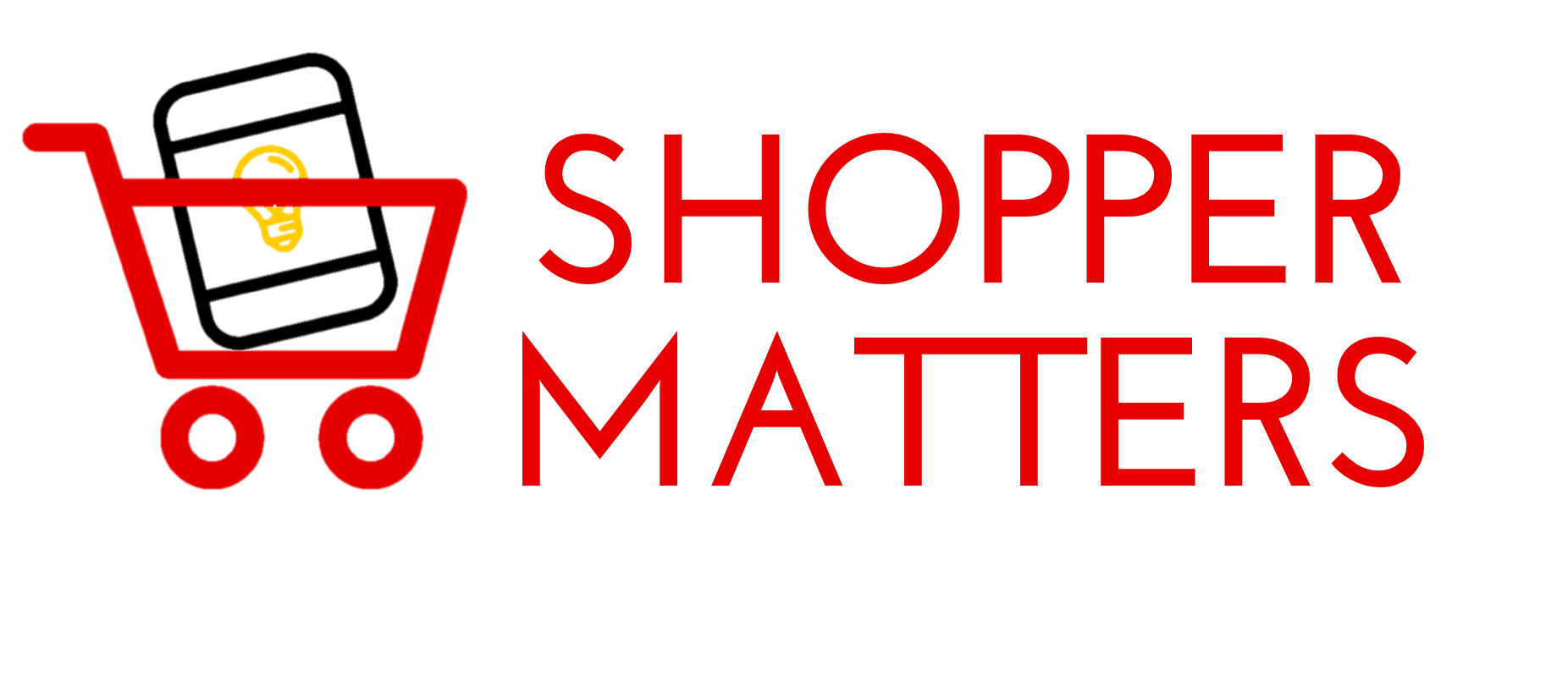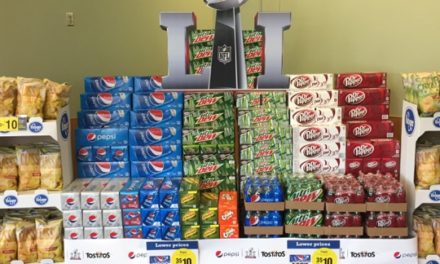The Macrotrend of Purpose Driven Brands
“Think Beyond Profit: People Now Buy on Purpose” is the most popular article on Shopper Matters this year. It highlights the macrotrend of consumers and shoppers seeking brands that represent something greater than themselves. As the end of the year is approaching, it makes sense to analyze the performance of Brands Doing Good.
Brands Doing Good can be divided into two types: (1) Adopted, and (2) Interwoven.
Brands that Adopt a philosophy of doing good seek out opportunities that fit well with their business, but they were not created as such. A few examples of big brands doing this are Coca-Cola working on water stewardship around the world, and General Mills adopting hunger as a cause. Brands founded on a philosophy of ‘doing better’ like Tom’s Shoes and their ‘buy a pair…give a pair’ have this Interwoven into the brand DNA.
With this definition out of the way, let’s look at some results. The analysis is perhaps more of a survey, but it seems that Brands Doing Good are actually doing great.
Hair Care and Caring for Others
Pantene is a hair care brand that has been around since the 1950’s.
Now owned by Proctor and Gamble, the brand launched Beautiful Lengths in 2006 as a charity campaign to allow people to donate hair for women who have lost their own due to cancer treatment.
This has created significant ‘buzz’ around the brand. It has strengthed Pantene’s consumer connection, translating these relationships into greater value, making the brand the most meaningful, different and salient in the category, according to MillwardBrown.
Doing Good for the Environment
Patagonia is perhaps one of the first brands to practice what is now called ‘transparency’.
Despite numerous opportunities, the outdoor gear and clothing company has remained in private hands to follow this goal better. The brand seeks to operate in ways that minimize environmental impact. One of their early innovations was aluminum chocks that would leave no damage when rock climbing and they have even left long-term suppliers who were not on board with their ever-less impactful mission. At times, the company seems to even struggle with the fact they make products that will be tossed aside at some point.
So, how are they doing? Between 2010 and 2016, sales DOUBLED.
Real Food from Real Ingredients
Transparency in food, both from an ingredients and marketing standpoint is a growing trend. People are ever more conscious of what goes into their bodies and seek brands that are aware of the trend.
One example is RXBar.
Founded in 2013 by two friends who realized there was an opportunity to infuse transparency – and whole foods – into the protein bar market.
Not only did they find success and usher in the ‘clean-label movement’, RXBar was recently sold to Kellogg’s for $600,000,000.
A Head Start towards Growth?
Embedding ‘purpose’ in everything a brand does is critical to the long-term sustainability of a business. Brands must establish both a purpose and a promise. The purpose is what the brand promises to do; the promise is how it does it today and will continue to do in the future.
This is not just a trend, but a macro-force that will shape the relationship between businesses, shoppers, and consumers for decades to come.
Brands that already recognize this – whether Interwoven into their DNA or Adopted as a philosophy – are doing great. While Purpose Driven Marketing may not be the only cause for strong performance, it certainly is a driving factor in that growth.





